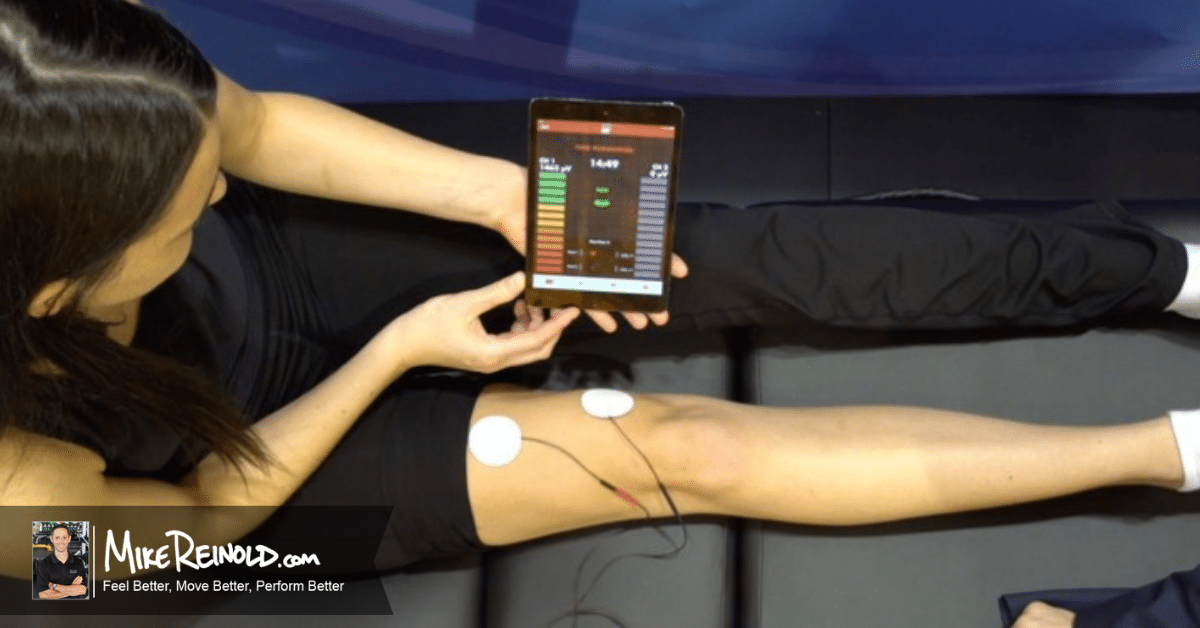qEEG functions by placing small sensors on the scalp to capture brain signals. These electrodes detect electrical signals produced by nerve cells, the cells in the cerebrum that communicate with one another. The data gathered is then processed and displayed as a series of waveforms. Each type of brainwave—such as alpha, beta, δ, and θ—relates to different mental conditions and activities. For example, alpha oscillations are often associated with calmness, while beta oscillations are associated to active thinking and issue resolution. By examining these trends, healthcare providers can identify abnormalities that may suggest psychological health concerns.

One of the major advantages of qEEG is its capability to provide objective information. In contrast to conventional evaluations that depend on subjective reports from patients, biofeedback for chronic fatigue syndrome qEEG offers a distinct view of neural activity. This clarity can assist minimize biases in diagnosis and lead to more accurate intervention strategies. For example, if a client is facing anxiety, qEEG can reveal specific patterns of neural function that are associated with anxiety conditions. This data enables psychological health professionals to tailor interventions more effectively, whether through therapy, pharmaceuticals, or alternative approaches.
Additionally, qEEG can be especially beneficial in tracking treatment progress. By conducting qEEG assessments at different points during therapy, clinicians can track changes in brain function over period. This continuous assessment helps ascertain if a intervention is working or if adjustments are needed. For example, if a patient is not responding to a particular medication, qEEG may show that their brain activity has not changed in a way that indicates improvement. This feedback loop can result to more customized and efficient psychological health treatment.
In summary, qEEG brain mapping is a powerful tool in the field of mental health assessment. By providing objective data about brain activity, it enhances the comprehension of different psychological health disorders. This method not only assists in accurate diagnosis but also helps in monitoring intervention success. As psychological health experts persist to investigate the capabilities of qEEG, it holds promise for improving the lives of individuals facing mental health issues. With ongoing research and advancements in technology, the mysteries of the mind may turn more apparent, resulting to better results for those in requirement of assistance.